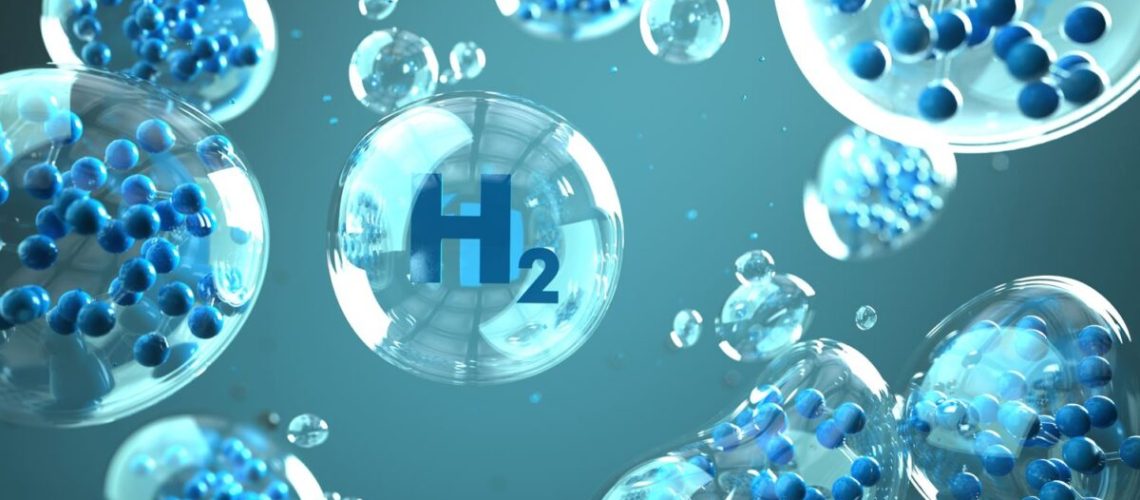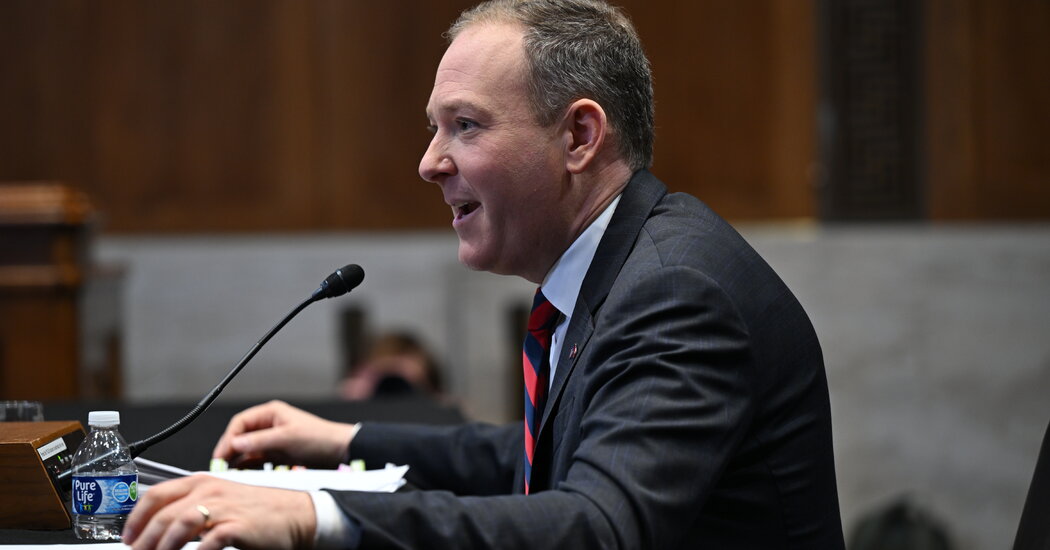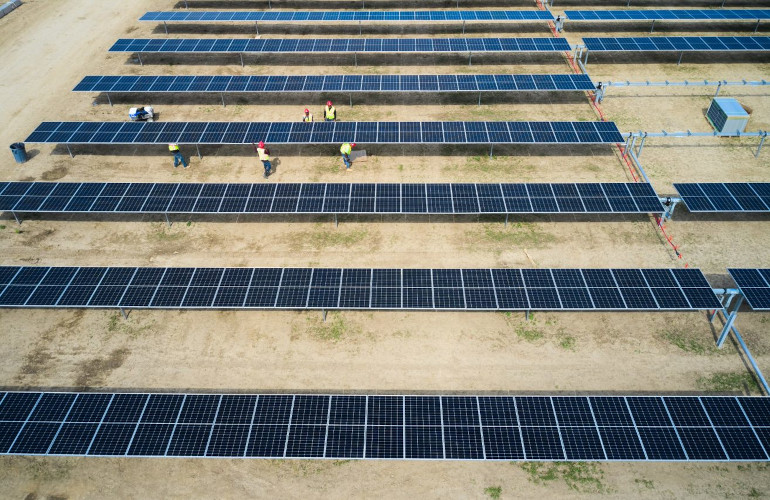Treasury and IRS released proposed 45V guidance on credit for hydrogen production, which may be available to some facilities into the 2040s.
The U.S. Department of the Treasury and Internal Revenue Service (IRS) released proposed regulations on the Clean Hydrogen Production Credit established by the Inflation Reduction Act (IRA).
“Hydrogen has the potential to clean up America’s manufacturing industry, power the transportation sector and shore up our energy security all while delivering good-paying jobs and new economic opportunity to communities in every pocket of America, “ said U.S. Secretary of Energy Jennifer M. Granholm.
Conventional hydrogen production typically results in significant climate pollution, which is why the Clean Hydrogen Production Credit is focused making hydrogen production with minimal pollution more economically competitive. The proposed regulations have safeguards to prevent the credit from subsidizing hydrogen production with higher lifecycle greenhouse gas emissions than allowed by the statute.
The Treasury Department’s Notice of Proposed Rulemaking (NPRM) was developed after consultations with experts across the federal government, particularly the Department of Energy (DOE), which oversees Argonne National Lab’s administration of the Greenhouse Gases, Regulated Emissions, and Energy Use in Transportation (GREET) model, and the Environmental Protection Agency (EPA), which administers the Clean Air Act.
The GREET model is tool that examines the life-cycle impacts of vehicle technologies, fuels, products, and energy systems, providing a transparent platform through which energy and environmental effects of vehicle technologies and energy and product systems can be evaluated. For any given energy and vehicle system, the DOE reports that GREET can calculate total energy consumption (non-renewable and renewable), emissions of air pollutants, emissions of greenhouse gases, and water consumption.
The proposed regulations provide guidance based on the statute’s references to the Clean Air Act and the GREET model.
Four credit tiers
The IRA proposal establishes a Clean Hydrogen Production Credit with four technology-neutral credit tiers based on the emissions rate of a hydrogen production process. By meeting prevailing wage and registered apprenticeship requirements, the amount of the credit ranges from $.60 per kilogram (kg) of hydrogen produced to $3 per kg of hydrogen, depending on the lifecycle emissions of the hydrogen production.
Credit eligibility is to be determined under the Clean Air Act’s definition of lifecycle greenhouse gas emissions, including significant indirect emissions, through the point of production. The statute also requires that lifecycle greenhouse gas emissions be determined under the most recent GREET model. The credit is available for 10 years starting on the date that a hydrogen production facility is placed into service for projects that begin construction before 2033, meaning it will remain available for some facilities into the 2040s.
The NPRM is technology-neutral and describes how taxpayers must use the 45VH2-GREET model developed by Argonne National Laboratory to determine lifecycle greenhouse gas emissions. The statute also requires that to claim the credit, a taxpayer must have production and sale, or use of clean hydrogen verified by a qualified, unrelated third party. For taxpayers unable to use the 45VH2-GREET model because their hydrogen production technology and/or feedstock is not included, those taxpayers may petition the Secretary of the Treasury for a provisional emissions rate analogous to the lifecycle greenhouse gas emissions rate calculated using 45VH2-GREET.
Energy attribute certificates
The Treasury Department’s proposed rules describe how taxpayers may use energy attribute certificates (EACs), which demonstrate the purchase of clean power, to assess and document qualification for a particular credit tier. The proposed rules explain the three criteria that must be reflected in EACs being purchased by hydrogen producers claiming the tax credit:
- New clean power (Incrementality): Clean power generators that began commercial operations within three years of a hydrogen facility being placed into service are considered new sources of clean power. Generation resulting from a generator’s newly added capacity (uprates) are also considered new sources of clean power. The proposed rules also request comments on approaches by which generation from existing clean power generators could be considered to meet the requirements for new clean power under certain circumstances.
- Deliverable clean power: Clean power must be sourced from the same region as the hydrogen producer, as derived from DOE’s 2023 National Transmission Needs Study. The proposed rules also request comment on how to consider transmission of clean power between regions.
- New, deliverable clean power generated annually, with a phase-in to hourly generation (time-matching): EACs will generally need to be matched to production on an hourly basis. The claimed generation must occur within the same hour that the electrolyzer claiming the credit is operating. The proposed rules include a transition to allow annual matching until 2028 when hourly tracking systems are expected to be more widely available and seeks comment on this transition timeline.
Hydrogen produced with renewable natural gas
The proposed rules detail eligibility requirements for hydrogen production from landfill gas in certain circumstances. Treasury and IRS anticipate finalizing rules in which additional hydrogen production pathways using renewable natural gas (RNG) and fugitive methane, such as coal mine or coal bed methane, qualify and are seeking public comment on conditions for qualification while adhering to the standards in the statute.
Many in the industry have long been awaiting release of the 45V guidance, including the American Council on Renewable Energy (ACORE). Ray Long, President and CEO of ACORE said his group is concerned that the proposed rule isn’t flexible enough and may not have the effect of jump-starting a hydrogen industry at scale.
“As our analysis with E3 [energy and environmental economics] demonstrated, an annual match accounting approach could help unleash America’s nascent clean hydrogen industry and accelerate our energy transition,” said Long. “ACORE will continue to work with the Administration throughout this comment period, and we remain hopeful the final rule ultimately released has the needed flexibility to support the scale and role that hydrogen can play in achieving our decarbonization goals.”
The NPRM also takes comment on important issues where Treasury anticipates providing further clarity and certainty in the final rules. The NPRM will be open for public comment for 60 days once it is published in the Federal Register, and Treasury and the IRS will carefully consider comments before issuing final rules.






